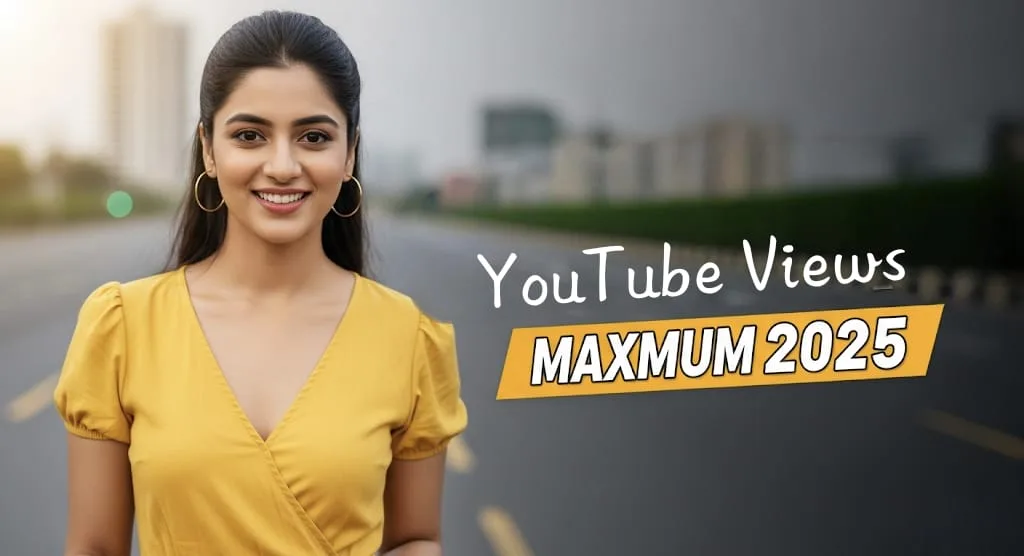In the ever-evolving landscape of digital content, understanding when to release your videos on YouTube can be the secret sauce to unlocking unprecedented views and engagement. As we step into 2025, the YouTube algorithm continues to refine itself, prioritizing content that resonates with specific audiences at opportune moments. Gone are the days of arbitrary uploads; strategic timing is paramount for creators aiming for maximum impact.
The Shifting Sands of the YouTube Algorithm in 2025 🔄
The YouTube algorithm in 2025 is smarter, more personalized, and heavily leans into audience behavior. It’s not just about raw views; it’s about watch time, audience retention, and how much your content fosters interaction and community. The platform is actively promoting videos that keep viewers hooked and encourage them to spend more time within the YouTube ecosystem. This means understanding your audience’s habits is more critical than ever. Shorts, live streams, and interactive elements are also gaining significant traction, influencing discoverability.
General Trends: What the Data Suggests for 2025 📈
While precise times can vary based on your niche and audience, general patterns emerge from analytics across millions of channels. For 2025, several studies and expert observations point to consistent high-engagement periods.
- Mid-Week Momentum: Tuesdays, Wednesdays, and Thursdays often show the strongest engagement.
- Afternoon & Evening Peaks: Across most days, the sweet spot appears to be in the afternoon and early evening, particularly between 1 PM and 5 PM local time. People are winding down from work or school, looking for entertainment or educational content.
- Weekend Variations: Weekends, especially Saturdays, can be trickier. While some niches might see good engagement in the afternoon (around 1 PM to 3 PM) as people have more leisure time, overall engagement can be slightly lower compared to weekdays due to varied schedules and outdoor activities. Sundays might see a slight uplift in late afternoon as people prepare for the week ahead.
A General Guideline for Posting Times:
- Mondays: 1 PM – 3 PM
- Tuesdays: 10 AM, 1 PM – 4 PM
- Wednesdays: 10 AM, 1 PM – 4 PM
- Thursdays: 1 PM – 5 PM
- Fridays: 10 AM, 1 PM – 3 PM
- Saturdays: 1 PM – 3 PM
- Sundays: 3 PM – 5 PM
Note: These are general guidelines. Your specific audience and their geographic location will ultimately dictate your unique best times.
The Power of Your Own Analytics: Your True North 🧭
While general trends offer a starting point, the most accurate information for your channel lies within your YouTube Analytics. This is where you truly discover the “When your viewers are on YouTube” report.
- Accessing the Report: Navigate to your YouTube Studio, click on “Analytics” in the left-hand menu, and then select the “Audience” tab. Scroll down, and you’ll find a heatmap showing when your unique viewers are most active on YouTube over the past 28 days, in your local time zone. This is your most valuable data point.
- Interpreting the Heatmap: The darker the purple on the heatmap, the more of your audience is online. This indicates prime opportunity windows for publishing. Don’t just look at single peak hours; identify broader time blocks where a significant portion of your audience is active.
- Beyond Peak Times: Also pay attention to audience retention and watch time graphs for individual videos. If a video performs exceptionally well at a certain time, note it down. This qualitative data, combined with the quantitative, paints a complete picture.
Niche-Specific Considerations in 2025 🎯
Different content niches attract different demographics and have varying viewing habits.
- Gaming Channels: Often see peak engagement in the evenings and late nights, especially on weekends, as gamers have more free time.
- Educational Content: Might perform well during daytime hours on weekdays when students or professionals are seeking tutorials or learning resources. Consider mid-mornings (10 AM – 12 PM) and early afternoons (1 PM – 3 PM).
- Lifestyle & Vlogs: Can be more flexible, but often see success in the afternoons and evenings as people unwind.
- News & Current Events: Timeliness is key. Posting as soon as a major event breaks, or consistently at fixed times for daily/weekly updates, regardless of general peaks, can be crucial.
- YouTube Shorts: These bite-sized videos have a distinct consumption pattern. They tend to perform well during short breaks throughout the day, like commute times, lunch breaks, and late evenings. Experiment with early mornings (7-9 AM) and late nights (9-11 PM) on weekdays, and mid-morning (10 AM-12 PM) and afternoon (2-4 PM) on weekends.
SEO and Content Strategy: Beyond Just Timing 💡
While posting at the optimal time is crucial, it’s only one piece of the puzzle. For maximum views and Google discoverability in 2025, a robust SEO strategy and high-value content are non-negotiable.
- Keyword Research: Identify relevant keywords your target audience is searching for. Use tools like YouTube’s search bar, Google Trends, and third-party SEO tools.
- Compelling Titles & Thumbnails: Your title and thumbnail are the first impression. Make them eye-catching, informative, and click-worthy. Ensure your primary keyword is in the title, ideally at the beginning.
- Detailed Descriptions: Write comprehensive descriptions that incorporate your keywords naturally. Include timestamps, links to relevant content, and a strong call to action.
- Relevant Tags: While their direct impact on discoverability is debated, relevant tags can still help YouTube understand your content.
- Audience Engagement: Actively respond to comments, run polls, and create interactive content. The algorithm favors channels that foster a strong community.
- Consistency: Regularly uploading high-quality content signals to YouTube that you’re a serious creator, leading to better channel visibility.
- Promote Across Platforms: Share your videos on other social media platforms to drive initial traffic and increase impressions.
Conclusion: A Data-Driven Approach for 2025 ✅
In 2025, the “best time to post on YouTube” isn’t a fixed universal slot, but rather a dynamic sweet spot unique to your channel. It’s about combining general insights with your specific audience data from YouTube Analytics. Experiment, analyze, and adapt. By focusing on creating high-value content, optimizing for SEO, and strategically timing your uploads, you’ll be well on your way to achieving maximum views and fostering a thriving community on YouTube.
Frequently Asked Questions (FAQs) 🤔
Q1: How often should I check my YouTube Analytics for optimal posting times?
A1: You should regularly check your “When your viewers are on YouTube” report, ideally once a month or after a significant shift in your content strategy. Audience habits can evolve, so staying updated ensures your timing remains optimal.
Q2: Does posting Shorts at a different time than long-form videos make a difference?
A2: Absolutely. YouTube Shorts have a different consumption pattern, often viewed in quick bursts throughout the day. It’s recommended to experiment with earlier morning and late-night uploads for Shorts, separate from your long-form content schedule.
Q3: If my audience is global, how do I determine the best posting time?
A3: For a global audience, consider identifying your primary geographic segments through YouTube Analytics. You might choose a time that captures a significant portion of your audience across multiple time zones, or even consider scheduling different uploads for different major audience regions. Alternatively, some creators opt for a consistent UTC time, letting their audience know the exact schedule.



